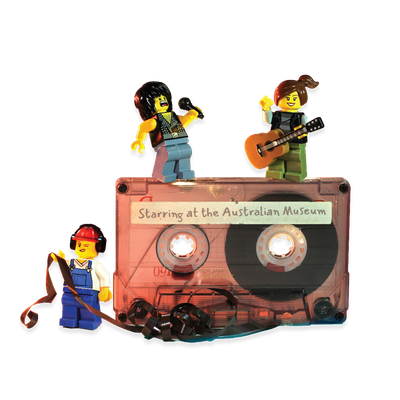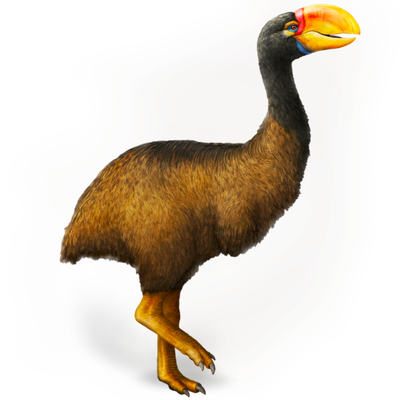Your search returned 26 results
By Page Type
By Tag
- All
- fish (966)
- blog (696)
- fishes of sydney harbour (401)
- First Nations (299)
- Blog (236)
- AMRI (169)
- archives (164)
- Eureka Prizes (146)
- Aboriginal and Torres Strait Islander (135)
- insect (126)
- Ichthyology (124)
- geoscience (109)
- minerals (102)
- climate change (100)
- podcast (94)
- Fish (91)
- Anthropology (89)
- International collections (80)
- Minerals Gallery (78)
- wildlife of sydney (78)
- Labridae (77)
- frog (74)
- gemstone (70)
- history (64)
- photography (64)
- Mollusca (60)
- gem (59)
- staff (59)
- Birds (56)
- Gems (56)
- Indonesia (56)
- education (56)
- shark (55)
- AMplify (54)
- people (53)
- earth sciences (50)
- past exhibitions (50)
- exhibition (49)
- Gobiidae (48)
- sustainability (46)
- Pomacentridae (45)
- Serranidae (44)
- lifelong learning (42)
- science (42)
- Earth and Environmental Science (41)
- Syngnathidae (41)
- Ancient Egypt (40)
- Bali (40)
- bird (40)
- dangerous australians (40)
-
Pyroclastic processes and materials
https://australian.museum/learn/dinosaurs/pyroclastic-processes-and-materials/Pyroclastic means 'fire broken' and is the term for rocks formed from fragments produced by volcanic explosions.
-
How are dinosaur fossils formed?
https://australian.museum/learn/teachers/learning/dinosaur-fossils/Watch this animation to understand how dinosaurs became fossils over time.
-
Dinosaurs unit
https://australian.museum/learn/teachers/learning/dinosaurs-ps/Follow this Dinosaurs unit to deepen your knowledge and understanding of dinosaurs and fossils.
-
What are some Australian dinosaurs?
https://australian.museum/learn/teachers/learning/australian-dinosaurs/Download a series of posters and learn about the dinosaurs that once roamed Australia.
-
Dinosaurs unit for preschools
https://australian.museum/learn/teachers/learning/dinosaurs-ey/Follow this Dinosaurs learning unit to deepen your knowledge and understanding of dinosaurs and fossils.
-
Dinosaurs: Feathers, teeth and claws
https://australian.museum/learn/teachers/at-the-museum/dinosaurs-feathers-teeth-claws/Students get hands-on with fossil evidence and apply critical thinking skills to compare features of living animals to dinosaurs.
-
Discover more
2025 Australian Geographic Nature Photographer of the Year
Special exhibition
Free entry
Now open -
Discover more
Unfinished Business
Special exhibition
Free entry
Now open -
Find out more
Surviving Australia
Permanent exhibition
Free entry
Now open![]()
-
Find out more
Burra
Permanent kids learning space
Free entry
10am - 4.30pm![]()
-
Discover more
Minerals
Permanent exhibition
Free entry
Open daily![]()





